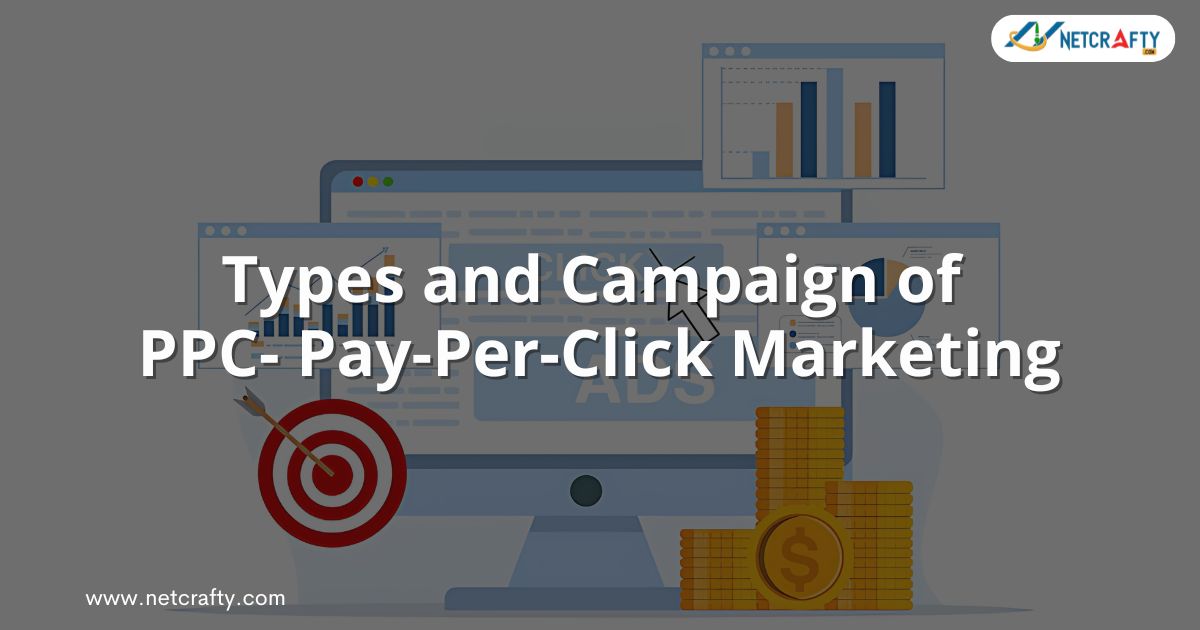Developing a successful SEO campaign plan entails taking essential actions to guarantee that your website receives targeted traffic, appears highly in search engine results pages (SERPs), and turns visitors into buyers. When preparing a PPC campaign, you should keep the following in mind:
- Identify your target market: Determine who you want to advertise to by gathering information about their age, location, interests, and other details.
- Establish precise objectives: Establish your goals for your PPC campaign, whether lead generation, online purchases, or increased website traffic.
- Conduct Keyword Research: Find out what terms and phrases members of your target demographic look up on the internet, then incorporate those terms and phrases into the wording of your advertisements and website content.
- Create Compelling ad copy: Write attention-grabbing headlines and descriptions for your advertisements on your website to persuade readers to click.
- Select the best ad networks: Decide on the networks you wish to use for your advertising. There are numerous options, like Meta Ads for Facebook and Instagram ads, Microsoft Advertising, and Google Ads.
- Monitor and refine your campaign: To maximize your campaign and meet your objectives, monitor the effectiveness of your advertisements and make any necessary revisions.
- Try out different ad types and targeting choices: Try several ad forms (text, image, and video) with multiple targeting options and determine what best suits your campaign.
- Establish a spending plan: Establish a budget and stick to it when deciding how much to spend on your campaign.
What are the types of PPC campaigns?
Pay-per-click (PPC) advertising encompasses various campaigns that allow ads to be paid for each received click. Here are a few terms you should know about the PPC campaign:

Search Ad
Pay-per-click ads for searches are the most common kind of PPC advertisement. These advertisements, which show up at the top when a user accesses search engine results pages (SERPs) and types a particular query into a search engine like Google or Microsoft Bing, are made to be highly relevant to the user’s search. This user-centric strategy ensures that the advertisements are aware of the user’s demands rather than obtrusive.
Advertisers are usually charged a fee each time a user clicks on one of their advertisements (this is known as cost per click or CPC). Search engine adverts are the most widely used method of advertising businesses’ goods and services and increasing website traffic.
Display Ad
A display advertisement is usually presented as a banner or graphical format on websites, applications, and other digital platforms. It is designed to be visually appealing and contains a range of media, including pictures, videos, and interactive components.
These advertisements are frequently utilized to raise brand awareness, advertise goods and services, and boost website traffic. The usual pricing model for display ads is cost-per-impression (CPI) or cost-per-thousand-impression (CPM), which means that the advertiser pays each time the ad is shown a predetermined number of times.
Video Ad
Websites, streaming services like YouTube, social media (posts or reels), and other channels can all display video advertisements. These advertisements leverage video content to market a company, service, or product.
Interactive video advertisements are a dynamic form of marketing. They feature clickable components like forms, links, and calls to action, allowing viewers to engage with the ad. This interactive element can significantly enhance the viewer’s experience and increase the ad’s effectiveness. Advertisers typically pay for these ads on a cost-per-view (CPV) or cost-per-click (CPC) basis, where they are displayed or clicked on only once.
Remarketing (or retargeting)
Businesses can use remarketing to display advertisements to those already engaged with their mobile application or website. These advertisements, usually shown to users when they use mobile applications or other websites, are meant to remind them of the company and entice them to revisit the website or app.
Remarketing advertisements can be offered in several formats: display, search, video, and social media. They are typically bought using a cost-per-click (CPC) model.
Other ad types
Other ad types fall under one of the categories above, but they have various requirements and limitations on the types of companies allowed to utilize them. Among them are:
Search Ad Remarketing Lists (RLSAs)
Ads for Local Search Performance Maximum (LSAs)

Leave a Reply